According to statements made by two diplomats on Wednesday, this rate could also apply to sectors such as automobiles and pharmaceuticals.
According to information in a Reuters bulletin, the agreement is similar to the trade framework signed by the US with Japan in recent months. European Commission officials, who are conducting negotiations on behalf of the 27-member European Union, briefed EU representatives on the current status of talks with their US counterparts. However, final approval of the potential agreement will depend on US President Donald Trump.
Diplomats stated that the agreement under consideration would not impose an additional burden on top of the current average US tariffs, which are below 5%. However, it was noted that items such as aircraft, timber, certain medicines, and agricultural products could be exempt from customs duties, and concessions in these sectors could be on the table.
On the other hand, it was stated that Washington is not keen on lowering the current 50% high customs duty it imposes on European steel. The European Commission emphasized that the current priority is to prevent the additional 30% tariffs threatened by the US through negotiations.
In response, the EU plans to vote on Thursday on counter-tariffs worth EUR 93 billion (approximately USD 109 billion) on US goods. However, these measures are not expected to come into effect before August 7.
While the German government has announced its support for the countermeasures prepared by the EU, most European governments also support the implementation of more comprehensive “anti-coercion” measures targeting the US service sector and other areas.
Will the Japan Model Be Applied?
The trade agreement in question appears to be based on the agreement the US made with Japan in April. Following the announcement at the time, European stock markets saw a 1% increase, particularly in automotive stocks.
One notable aspect of the agreement is that the new 15% tariff on automobiles is lower than the 27.5% rate currently applied by the US. This could provide an advantage for the EU's automobile exports.
In 2024, the US imported USD 55 billion worth of vehicles and automotive parts from Japan, while imports from the EU amounted to EUR 47.3 billion (approximately USD 55.45 billion). However, it is known that the EU and Japan export far fewer vehicles to the US.
The final decision on the scope and implementation date of the new agreement is expected to be finalized in the coming weeks.


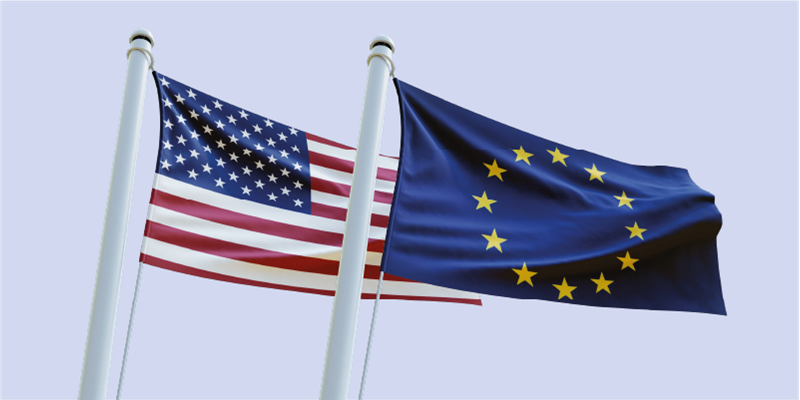
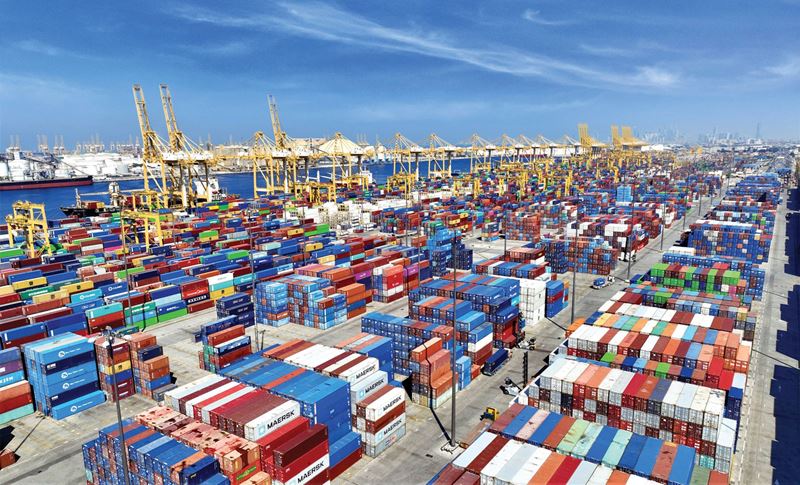
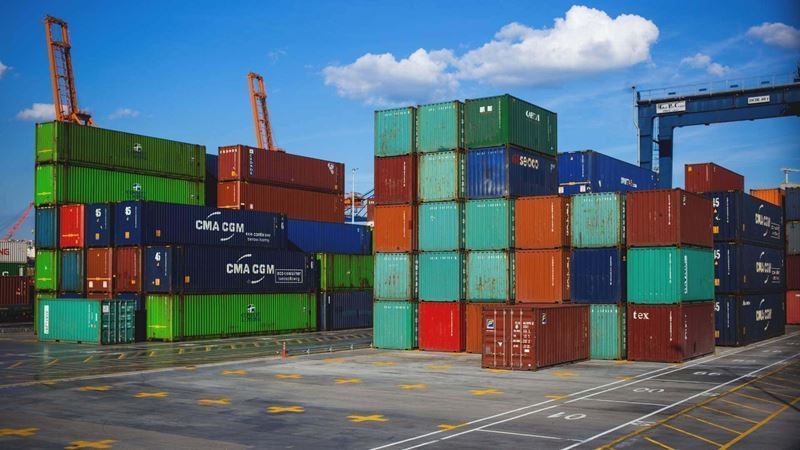
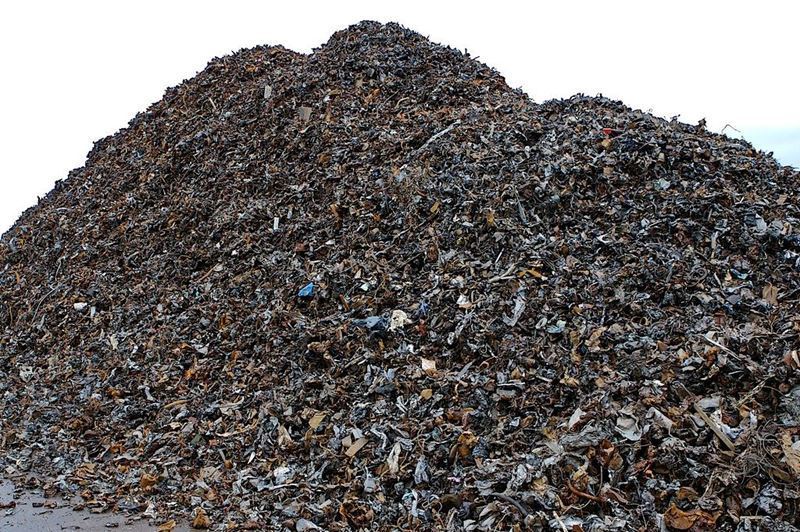

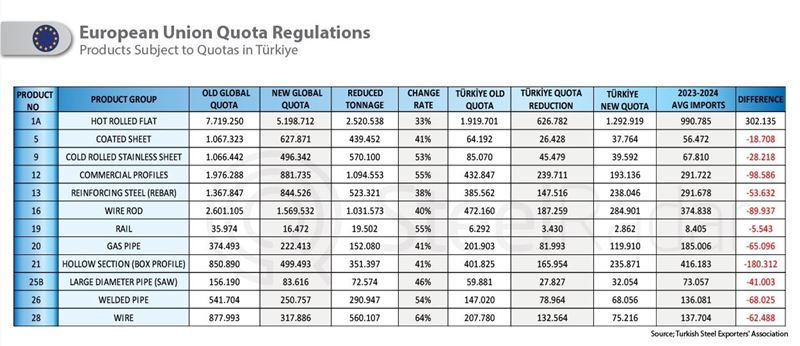

Comments
No comment yet.